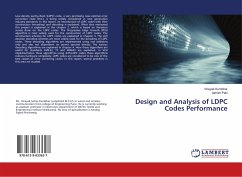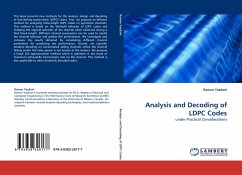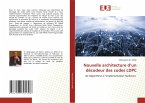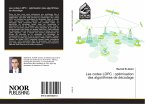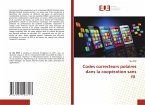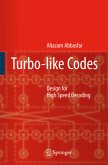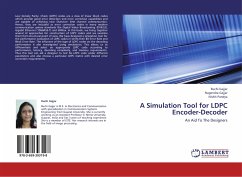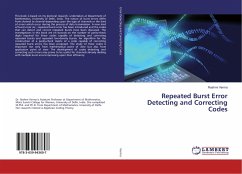Low-density parity-check (LDPC) code, a very promising near-optimal error correction code (ECC), is being widely considered in next generation industry standards. In this report, an introduction of LDPC codes with their construction (encoding) and decoding is explained. What idea motivated this project is explained in the chapter 2, which is based on literature survey done on the LDPC codes. The Progressive Edge Growth (PEG) algorithm is most widely used for the construction of LDPC codes. The construction schemes for LDPC codes are explained in Chapter 3. The soft decision decoding schemes are most widely used for the decoding of LDPC codes. These decoding algorithms are implemented using real additions only and also not dependent on power spectral density. The various decoding algorithms are explained in chapter 4. How these algorithms are useful for standards DVB-S2, T2 and WiMAX are explained. In VLSI implementation these algorithms using shift-LDPC codes these algorithms reduces hardware complexity. LDPC codes are considered to be one of the best classes of error correcting codes. In this report, several problems in this area are studied.
Bitte wählen Sie Ihr Anliegen aus.
Rechnungen
Retourenschein anfordern
Bestellstatus
Storno

